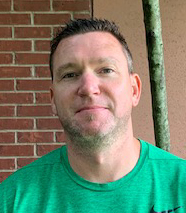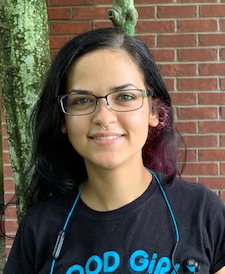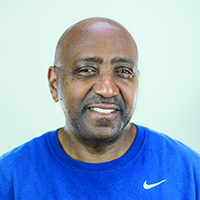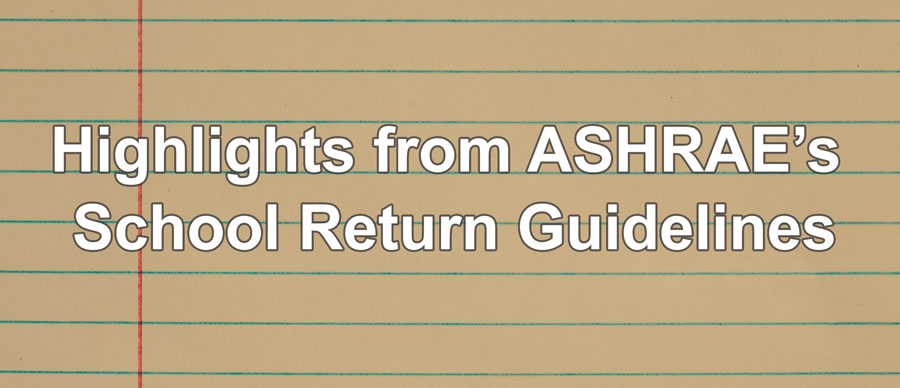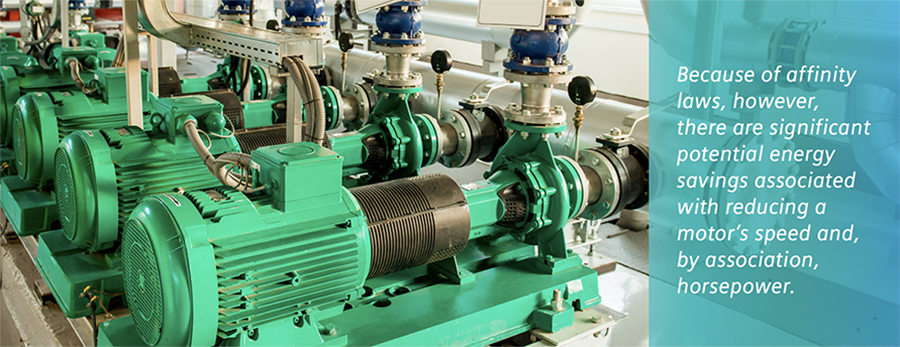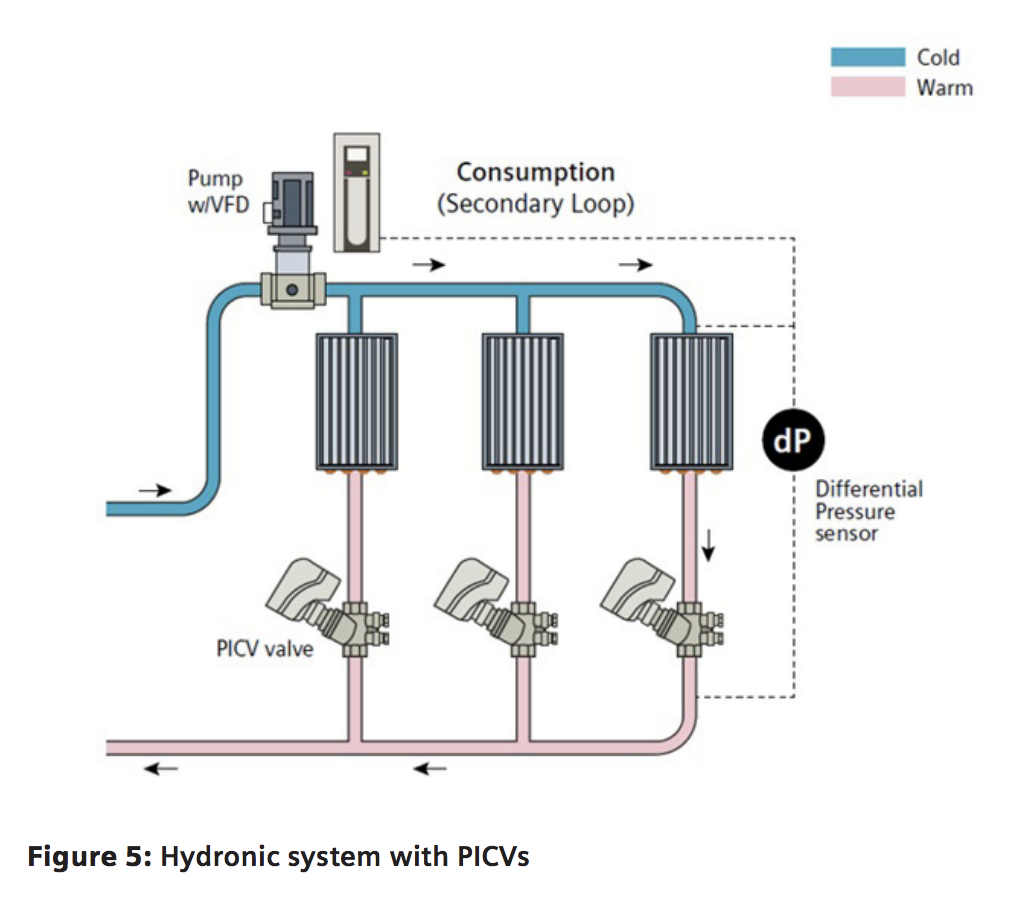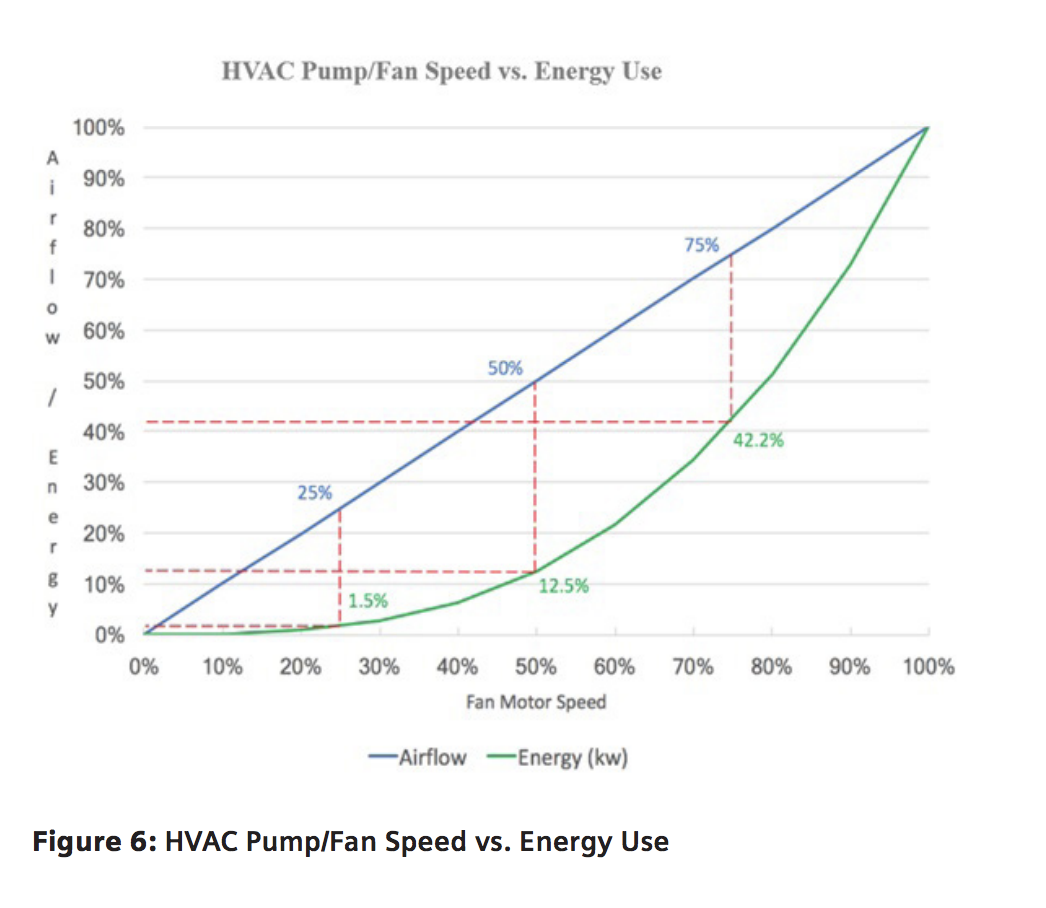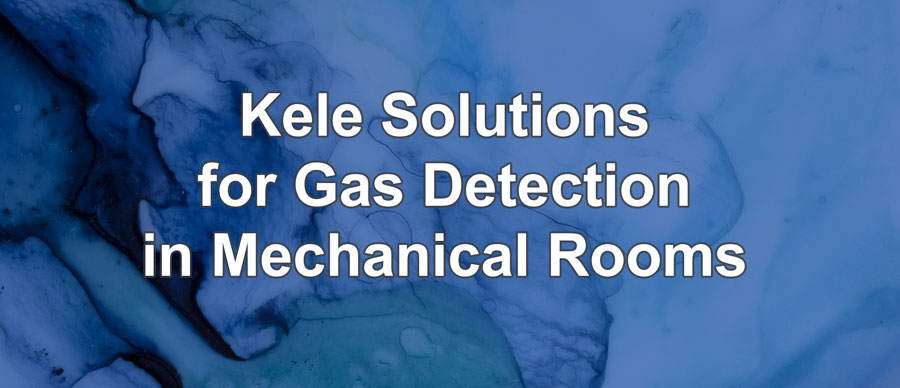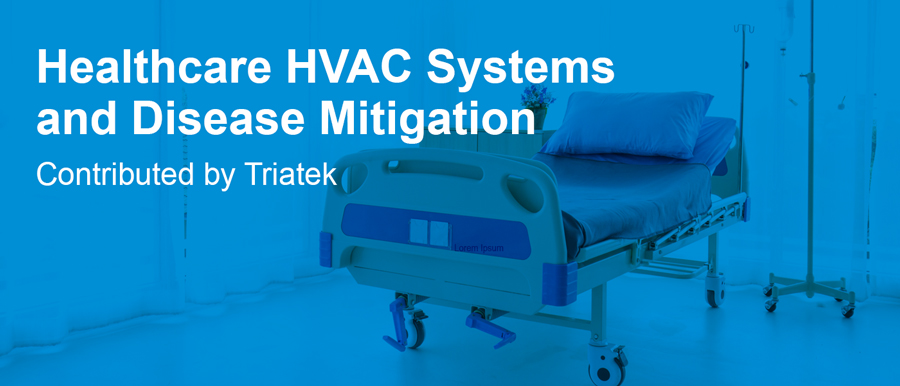Q&A with Kele Tech Service
With everything still up in the air due to COVID-19 cases continuing to climb in certain states, one question on a lot of minds is: “When will school start back up?” School administrators are working closely with state government and public health officials to make sure the correct steps are being taken to safely bring students and faculty back into buildings.
We checked in with one of Kele’s technical support representatives to get an expert perspective on how school jobs/projects have changed and will continue to change, as circumstances continue to evolve. Tech expert Steve Brown answered some questions that will impact contractors for the next few months: 1) What could be the pandemic’s effect on school projects?, 2) What are the “best” retrofit items contractors should be considering?, and 3) Are there any new guidelines that have been announced by ASHRAE specific to COVID-19?
What could be the pandemic’s effect on school projects?
That’s a really difficult question to answer. With everything going on currently there is no one answer. On one hand, contractors normally only have a few months here and there to get these jobs done, but with the slowing of the new school year, time may not be the motivator it once was. On the other hand, if the school year jumps ahead of projections, customers and contractors alike will be scrambling to keep project schedules moving at rapid rates of speed to keep up with demand. So, all of that to say, there’s really no way to tell what the effect will be one way or another. Depending on when and how these schools open up, there may be a few key parts/products to focus the retrofit around rather than doing a traditional overhaul.
What are the “best” retrofit items contractors should be considering?
Well, contractors should be considering retrofitting outside air intakes to ensure that they are fully functional and ready to work at an increased pace to accommodate increased use times as schools’ HVAC systems battle the spread of germs. This can be accomplished via new dampers/actuators and new CO2 sensors. By targeting these products, school HVAC systems will have a longer life and a stronger effect on air quality within the school building.
Are there any new guidelines that have been announced by ASHRAE specific to COVID-19?
While no new safety protocols have been put into place, be on the lookout for any and all that may impact the life and viability of your project cycle as time continues. Some guidance has been announced but there’s been nothing set in stone as of yet. One key tip that has been circulating however is to keep outside air ventilation running full speed up to two hours after students have left the school grounds. The thought process behind this is to fully flush out any and all “old” air that may still be circulating through the system. This allows for fresher therefore safer air to clear out any air compromised by COVID-19 particles.
Kele offers a wide variety of parts and products that will help you through any retrofit project, no matter the size or schedule. We can help you plan an entire project or ship you a part the same day. Contact a Kele tech expert today or go to kele.com to see how we can help you with all your school project needs.
